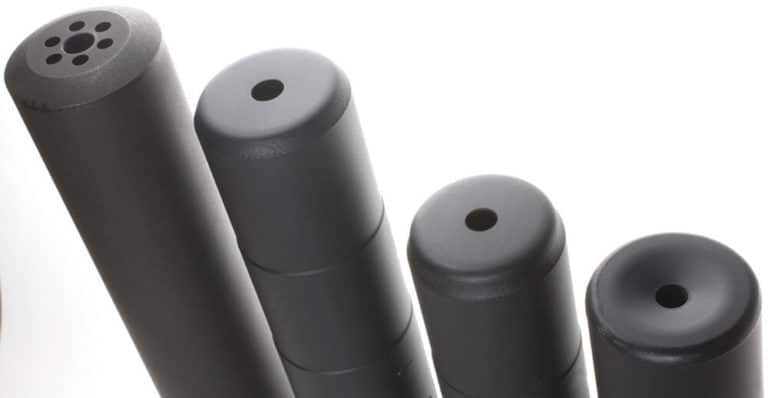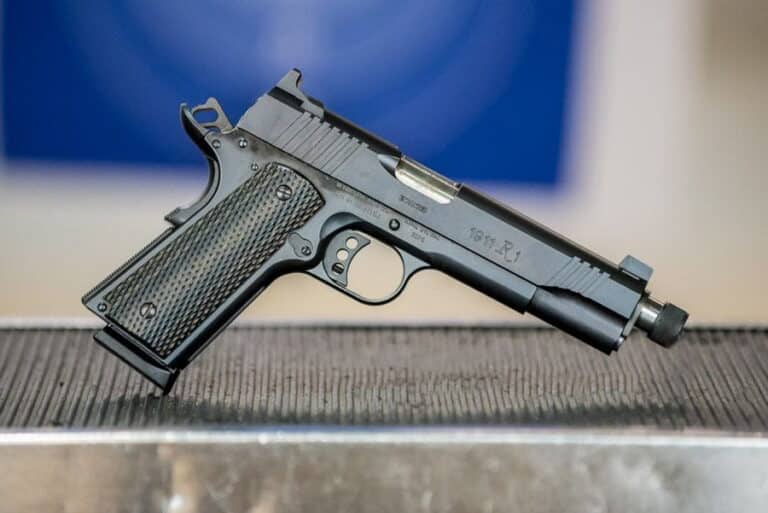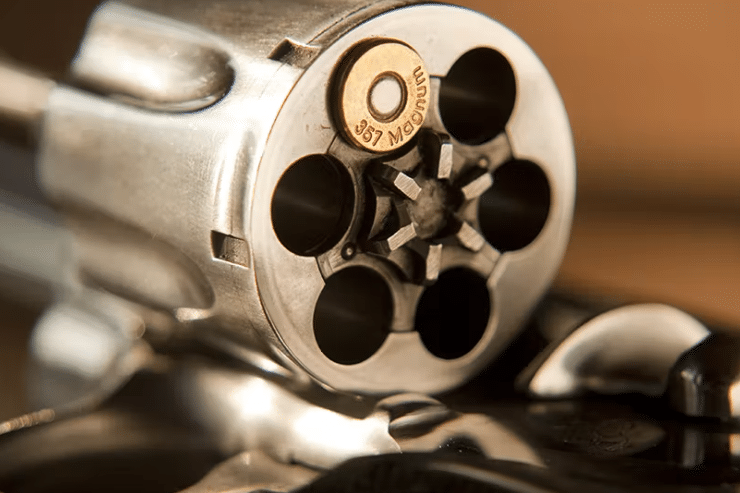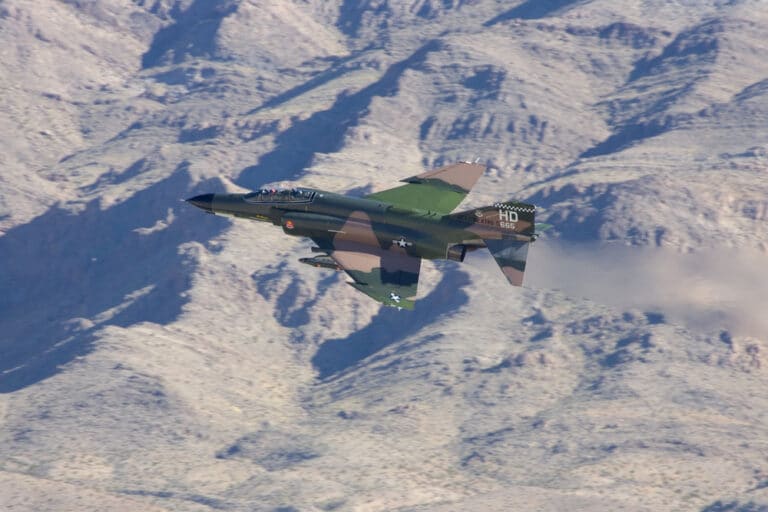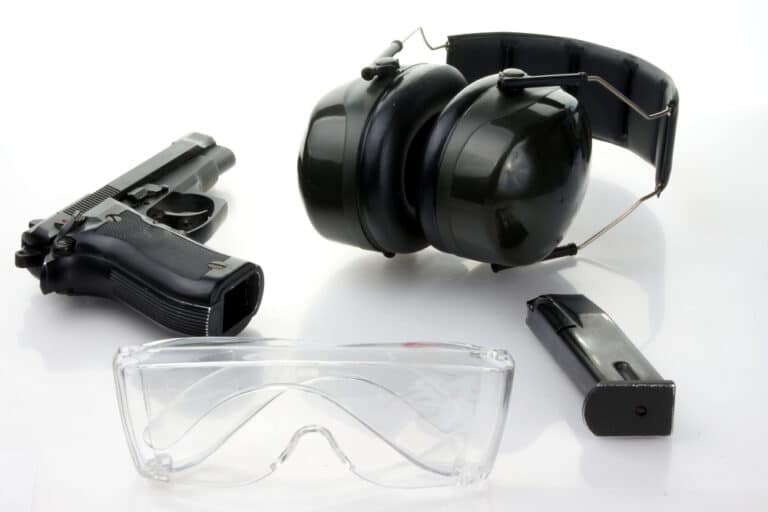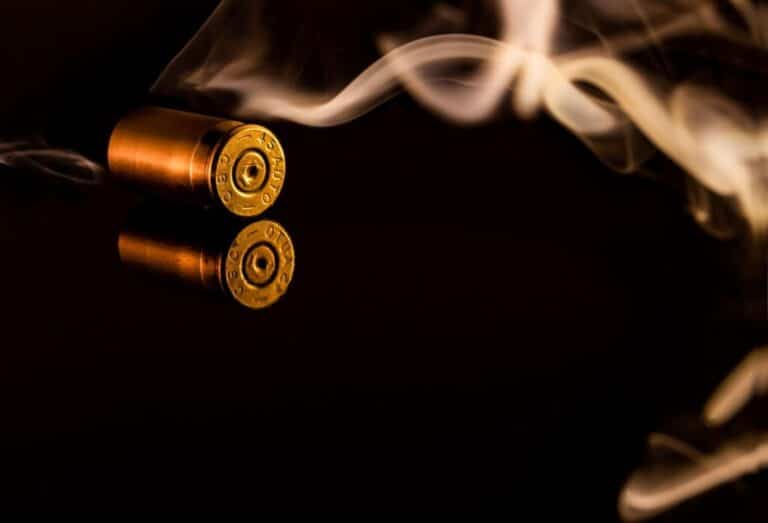How Does a Gun Suppressor Work?
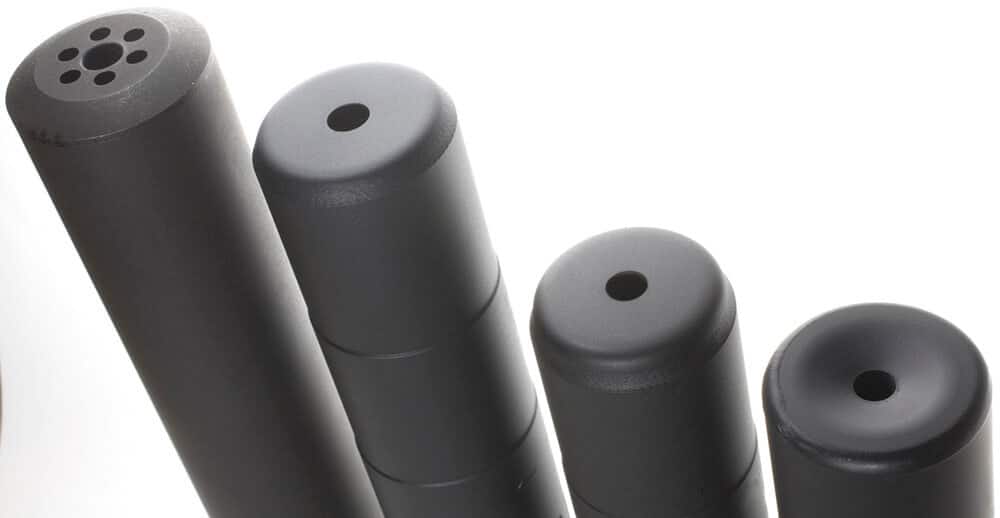
With the advent of modern firearm technology, the suppressor has been a hallmark of gun accessories and innovation since the 1900s. The explosive force produced by compacted gunpowder creates an intense noise, which can be detrimental to the shooter in several ways. Hunters require a stealthier approach to using firearms, while repeated exposure to loud gunfire can result in hearing loss. To combat these and other issues, a suppressor offers the ability to reduce the sound of a firearm significantly.
What Is a Gun Suppressor?
Gun suppressors are muzzle accessories designed to reduce the overall acoustic intensity of the sound of gunfire. Basically, they dampen the explosive crack of a firing gun, making it more comfortable or more practical for the shooter. Suppressors have the additional benefit of reducing the muzzle flash as well.
Also known as a “silencer,” a gun suppressor doesn’t completely eliminate the sound created by a firing gun. Instead, it suppresses the noise significantly by capturing and slowly releasing the rapidly expanding gases used to propel a bullet out of the gun barrel.
Types of Suppressor Mounting Systems
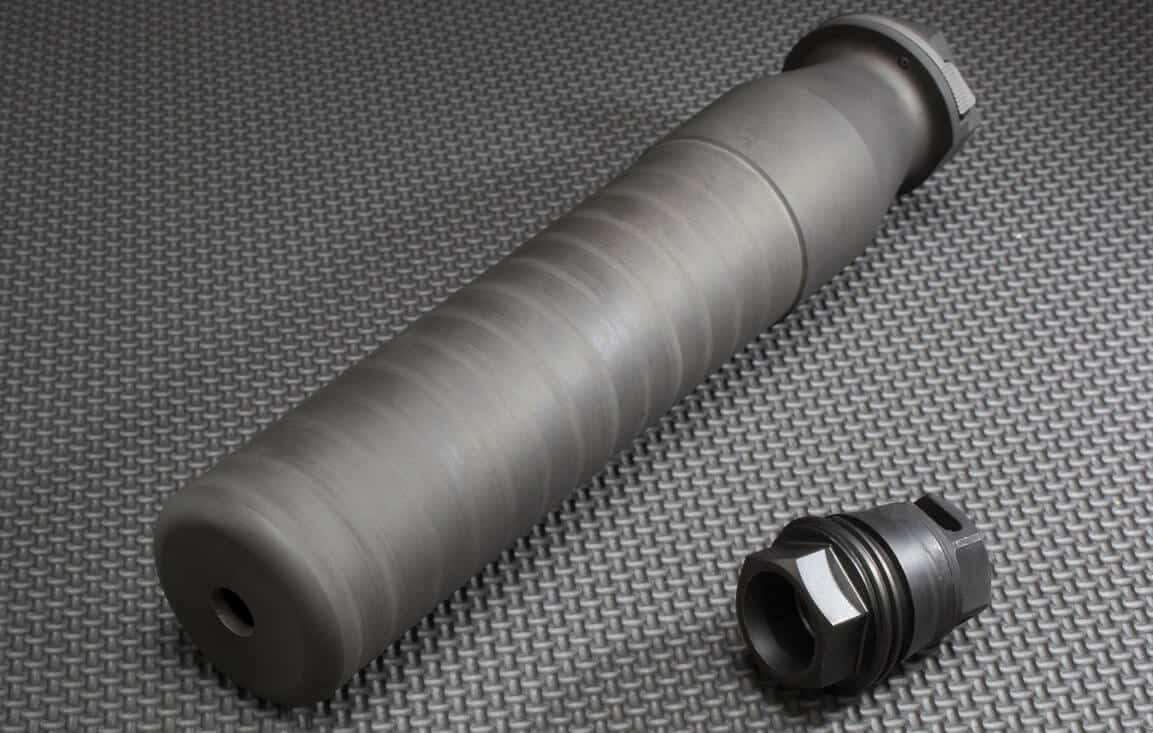
Suppressors come in two types of form factors, direct thread and quick attach, which provide different characteristics and capabilities for the shooter.
Direct Thread Suppressors
The most commonly used type of sound suppressors is the direct thread suppressor. It is the simplest form of a mounting system where you only require a weapon that has a threaded barrel. The suppressor can be easily installed by screwing it directly into the threaded barrel.
Quick-Attach Suppressors
These types of suppressors come in two sub-types as well, locking and non-locking. Both of these types are installed in similar ways. Quick attach suppressors require an additional accessory, such as a muzzle brake or flash hider, in order to mount onto the weapon.
To use this type of suppressor, you need to thread your brake or hider onto the barrel of your gun, after which you can mount the quick attach onto the muzzle device. The only difference between locking and non-locking quick-attaches is the fact that non-locking means, as the name would suggest, they do not have any locking mechanism.
The History of Suppressors
Back in 1902, an American inventor by the name of Hiram Percy Maxim created the first working suppressor, which was available for commercial sale. Firearm innovation ran through his blood with his father, Sir Hiram Stevens Maxim, having invented the first portable version of a fully automatic machine gun.
Dubbed the “Maxim Silencer,” this first generation suppressor led Maxim to adapt the technology and establish his own company, Maxim Silencers, Inc. in 1912. That company is still around today as a leading manufacturer of control silencers for exhaust, emissions, and more.
From single-shot rifles to carbines, Maxim designed an array of various “silencers” to help meet the needs of different firearms. By 1934, the National Firearms Act (NFA) was introduced, and a $200 tax was applied to all suppressors, which effectively stopped development. The tax remains in effect to this day. The development of new suppressors picked up again in the 1960s when H&K released their version of an upgraded suppressor. As innovations in technology increased, so did the market for improved gun suppressors.
What Makes a Gun Suppressor Work?
When firing a gun, the gunpowder in the bullet casing ignites, creating an immense amount of pressure. This pressure propels the bullet down the barrel of the gun, pushing the round at incredible speeds. When the bullet exits the barrel, the pressure is released and an extremely loud noise is produced.
What a suppressor does is provide a larger space for the pressure and hot gases to expand after exiting the barrel. The gases expand as they are heated when the gun fires, but the suppressor traps and slowly releases this gas, resulting in a much quieter shot. Other aspects of a suppressor that help to mute sound include the science of heat transfer and metallurgy.
Gun Suppressor Components
A gun suppressor is, essentially, a metal tube with a series of internal partitions that trap and release hot gases after a gun fires. Suppressors can be produced from a variety of different metals, such as aluminum and Chromoly steel. There are two types of suppressor designs as well, which are baffle stack and monocore.
Baffle stack suppressors consist of a tube with a stack of cone-like baffles inside. These are designed with spaces in between each baffle where the gases expand after a gun fires. The tube is sealed with caps on the front and rear.
Monocore suppressors are similar to baffle stacks but entail a solid cylinder of the baffle material. Multi-axis CNC machining is used to drill out gaps and holes in the bar stock, which is then placed into the suppressor tube. The difference between monocore and baffle stacks is that baffle stacks consist of multiple separate baffles stacked together, whereas the monocore is a single piece of machined metal.
Many gun enthusiasts enjoy shooting with a gun suppressor because of its many benefits. Not only does it mute the intense sound of a firing gun, but it also provides a thrilling, stealthy shooting experience. If you’re interested in an adrenaline-pumping shooting experience in Las Vegas, check out The Range 702. We have a variety of shooting packages that fit every group and budget, and a massive gun vault which you can choose from while shooting at The Range. To learn more, contact our team today!

